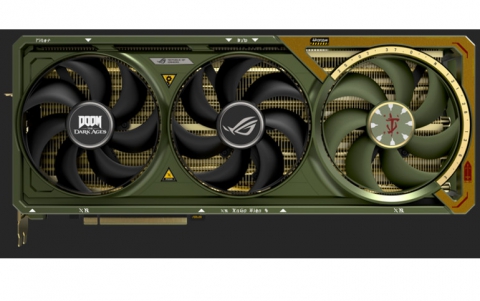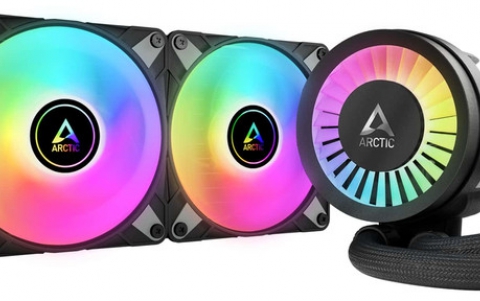
Huawei Achieves Breakthrough In Graphene-assisted High Temperature Li-ion Batteries
Huawei has unveiled the first long-lifespan graphene-assisted Li-ion battery able to withstand high temperatures.
The announcement was made by Watt Laboratory, an organization under Huawei's Central Research Institute, at the 57th Battery Symposium held in Japan.
According to Huawei's researchers, new graphene-based heat-resistant technologies allow Li-ion batteries to remain functional in a 60°C environment, a temperature 10°C higher than the existing upper limit. The lifespan of the graphene-assisted Li-ion batteries will also be twice as long as ordinary Li-ion batteries.
Huawei applied a special additive in the electrolytes which can remove trace water and prevent the electrolytes from evaporating in high temperatures. In addition, large-crystal NMC materials are used for the cathode, improving the thermal stability of the cathode powder. And finally graphene allows for more efficient cooling of the Li-ion battery.
Huawei's charging and discharging tests in a high-temperature environment showed that when working parameters are the same, the graphene-assisted high-temperature Li-ion battery is 5°C cooler than ordinary Li-ion batteries. Over 70% of the graphene battery's capacity is left after it is recharged 2,000 times at a temperature of 60°C. Less than 13% of its capacity is lost after being kept in a 60°C environment for 200 days.
Huawei's research could reshape the storage systems of communications base stations. In high-temperature regions, outdoor base stations powered by the graphene-assisted high-temperature Li-ion batteries can have working lifespans longer than four years. These batteries ensure a high mileage for electric vehicles per charge in high temperatures. They can also guarantee the safe operation of drones, which often generate a significant amount of heat.





















